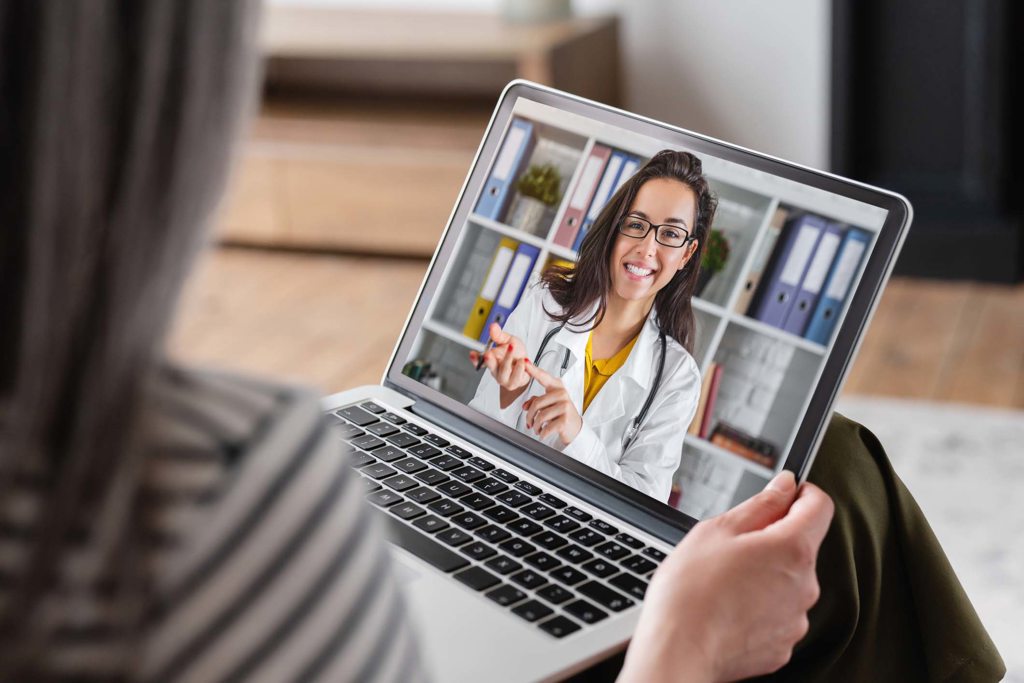Should You Use Telemedicine?

The use of telemedicine dates back to the late 1950s and 1960s when NASA developed telemedicine technology to monitor the health of astronauts in space. Today, telemedicine is being used by physicians and providers to deliver healthcare to patients remotely through a computer or telephone, without an in-person office visit.
According to the Centers for Disease Control and Prevention, among all adults ages 18 and older, 37% used telemedicine in the past 12 months with women (42%) more likely to use it than men (31%).
How is telemedicine delivered?
For most telemedicine visits, a device that has video and sound is required. This could be a computer, smartphone or tablet.
Telemedicine can be delivered in five ways including:
- Live videoconferencing -- a two-way audiovisual link between a health care provider and patient. For example, a person can receive a diagnosis for a rash from a dermatologist on their computer screen.
- Store-and-forward videoconferencing: -- an exchange of recorded patient health information between a patient and a provider or two providers. For example, a patient can receive lab results via a secure patient portal.
- Remote patient monitoring -- the use of electronic devices to record a patient's health data for a provider to receive and evaluate at a later time. For example, a patient can use remote patient monitoring to measure their blood pressure regularly and send this information to their provider.
- mHealth -- health-related applications and programs used on mobile phones and other smart devices. For example, mHealth can include text messages or phone applications that help patients manage their blood pressure and cholesterol levels.
- Audio only: -- the use of a phone to connect a patient to a provider. For example, a provider and patient can talk directly about how the patient can manage a chronic disease, condition, or risk factors.
What are the benefits of telemedicine?
“There are many benefits of telemedicine that include improved access to care for the medically underserved such as those in rural areas as well as convenience – people can receive a diagnosis without leaving the comfort of their home,” said Angela Rhodes, RN, BSN, Director, Telemedicine for Penn Highlands Healthcare.
Telemedicine has gained popularity as an efficient way for people to help manage chronic diseases and conditions such as cardiovascular disease, high blood pressure, diabetes, asthma, and obesity. It also is helpful for medication adherence.
Many health insurance plans cover telemedicine visits. Check with your insurance carrier to see if virtual visits are covered.
Of course, not every visit can be virtual. If you are experiencing severe symptoms such as difficulty breathing, chest pains, etc., seek in-person emergency care immediately or call 9-1-1.
Penn Highlands Healthcare offers telemedicine services for patients through the MyDocNow service. Patients who wish to be seen virtually should contact their physician or provider to request an appointment. Prior to the appointment, a link will be sent as a text message or email to join the video visit. For more information, visit www.phhealthcare.org/mydocnow.
